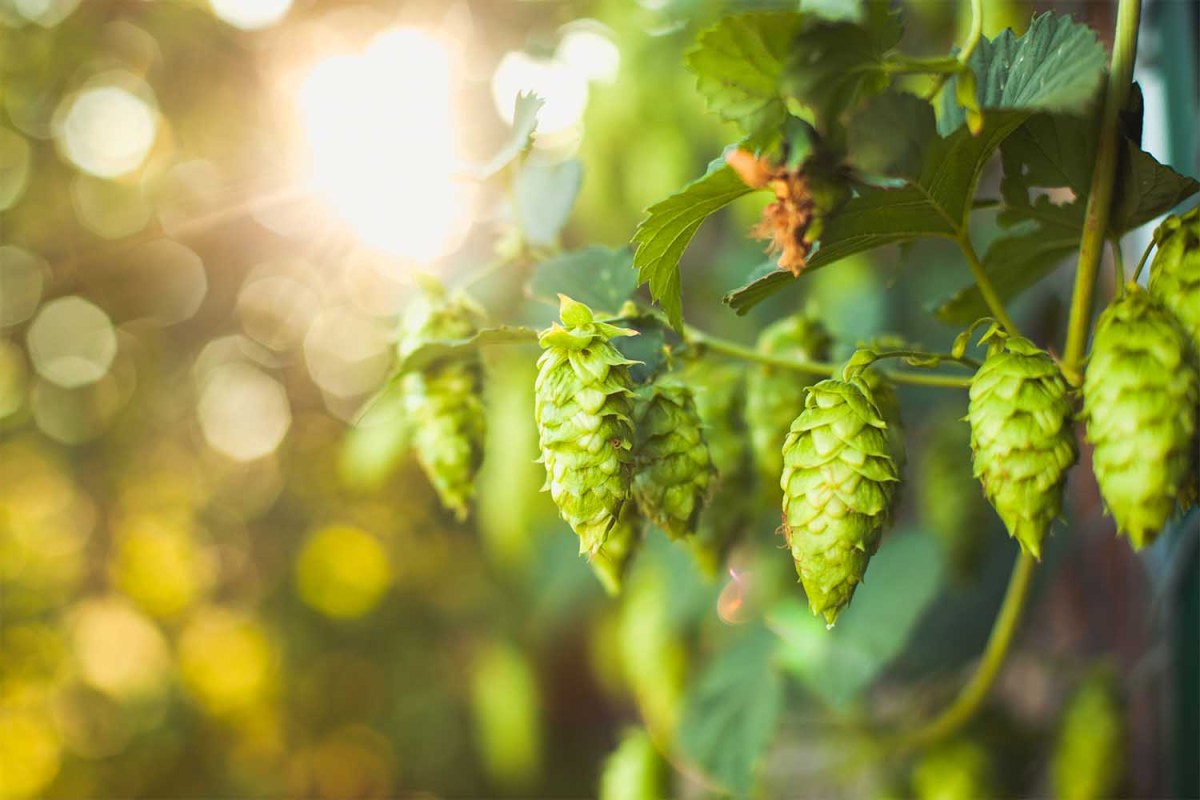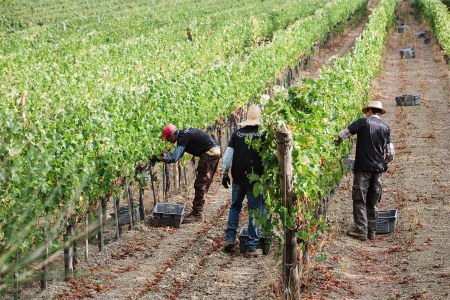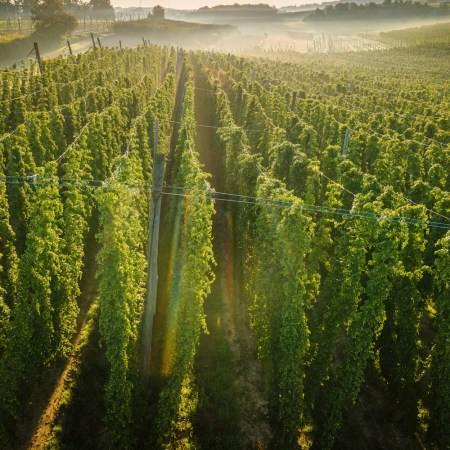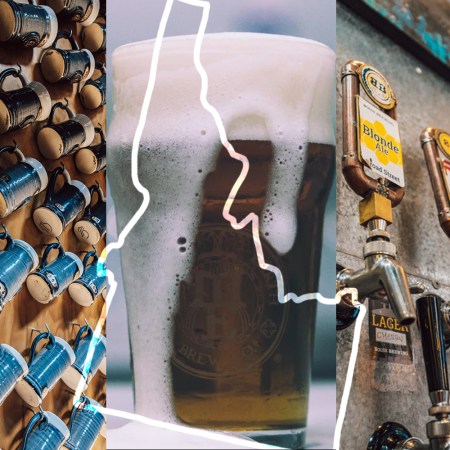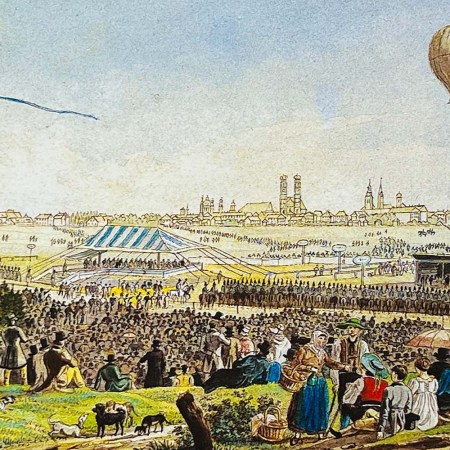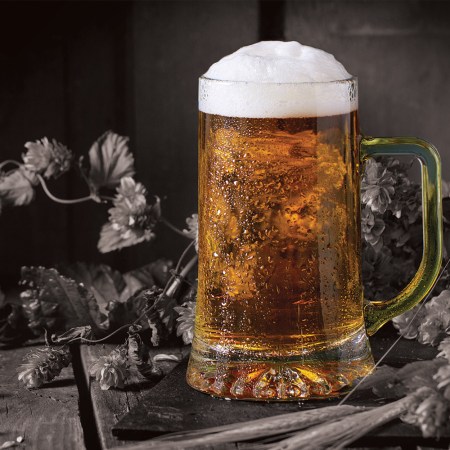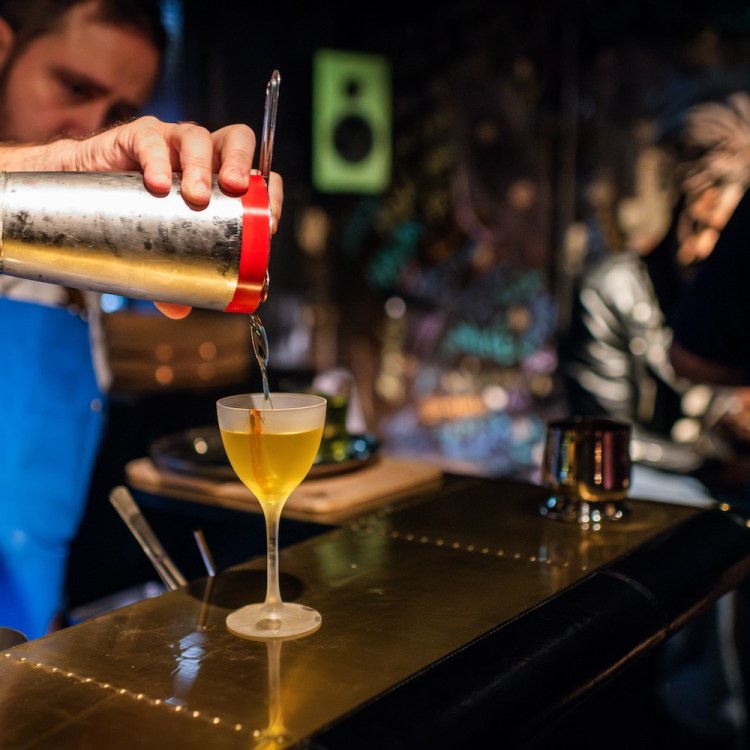Climate change is a serial killer snaking down the dusty country lanes and crusty back alleys of the world. You never know where it will strike next.
The cumulative human death toll from climate change alone since 2000 will reach four million this year, according to an analysis in Nature Medicine. Its well-documented role in destructive and costly wildfires, devastating droughts, floods and many other forms of misery is, at this point, all too familiar.
The latest unexpected victim — potentially — of climate change is your favorite hoppy beer. IPAs — from hazy to farm to West to East Coast — are by far the most popular beer style in the U.S., gobbling up an estimated 25-30 percent of all craft beer sales. Thankfully, total destruction isn’t a certainty, thanks to a consortium of scientists, farmers and producers who saw the threat and independently began transforming the way they breed hops, farm hops and brew beer.
Why and how hoppy beer is under threat
As the demand for potent hops shows few signs of dropping off, rising temperatures and drier conditions are creating inhospitable conditions for the Humulus lupulus. A recent analysis in Nature Communications measuring and modeling the predicted yield, alpha content and cone development of European hops amid temperature increases of 1.4 degrees Fahrenheit (0.8 degrees Celsius) and precipitation decreases by 24 mm (0.945 inches) delivered alarming results.
Hop ripening started 20 days earlier and production has declined by 0.2 tons per hectare (one hectare = 2.471 acres) per year, with the alpha content decreasing by 0.6 percent when comparing current data with data from before 1994. Hop yield and alpha content will decline by up to 18 percent and 31 percent respectively by 2050, the paper forecasts.
To Save the Wine Industry, We’ll Need Human Intervention
How vineyards are embracing some unexpected technology and a more hands-on approach to combat climate changeAlpha content delivers the aromas and acid content that give “hoppy” beers their distinct flavors, and their diminishment has serious implications for brewers and beer lovers.
“Over the past 20 years, the impact of climate change has been apparent on grain quality and yield, and in the past five we’ve really started noticing it in hop production,” says Glen Fox, PhD, a professor of Food Science and Technology at UC Davis. “We’re seeing lower levels of alpha acids, which can impact aroma profiles, but it is all uncertain, and the impact could change depending on where unusual heat or drought events occur during the growing season.”
Anecdotally, Fox says that the unexpected heat and drought later in the season could have more serious repercussions for hop quality.
“The industry is keeping an eye on all of this, and is looking at all kinds of ways to improve heat and drought resistance of hops through breeding programs,” Fox says. “Brewers are experimenting with different and new hops, and hop blends that will deliver the flavor people want.”
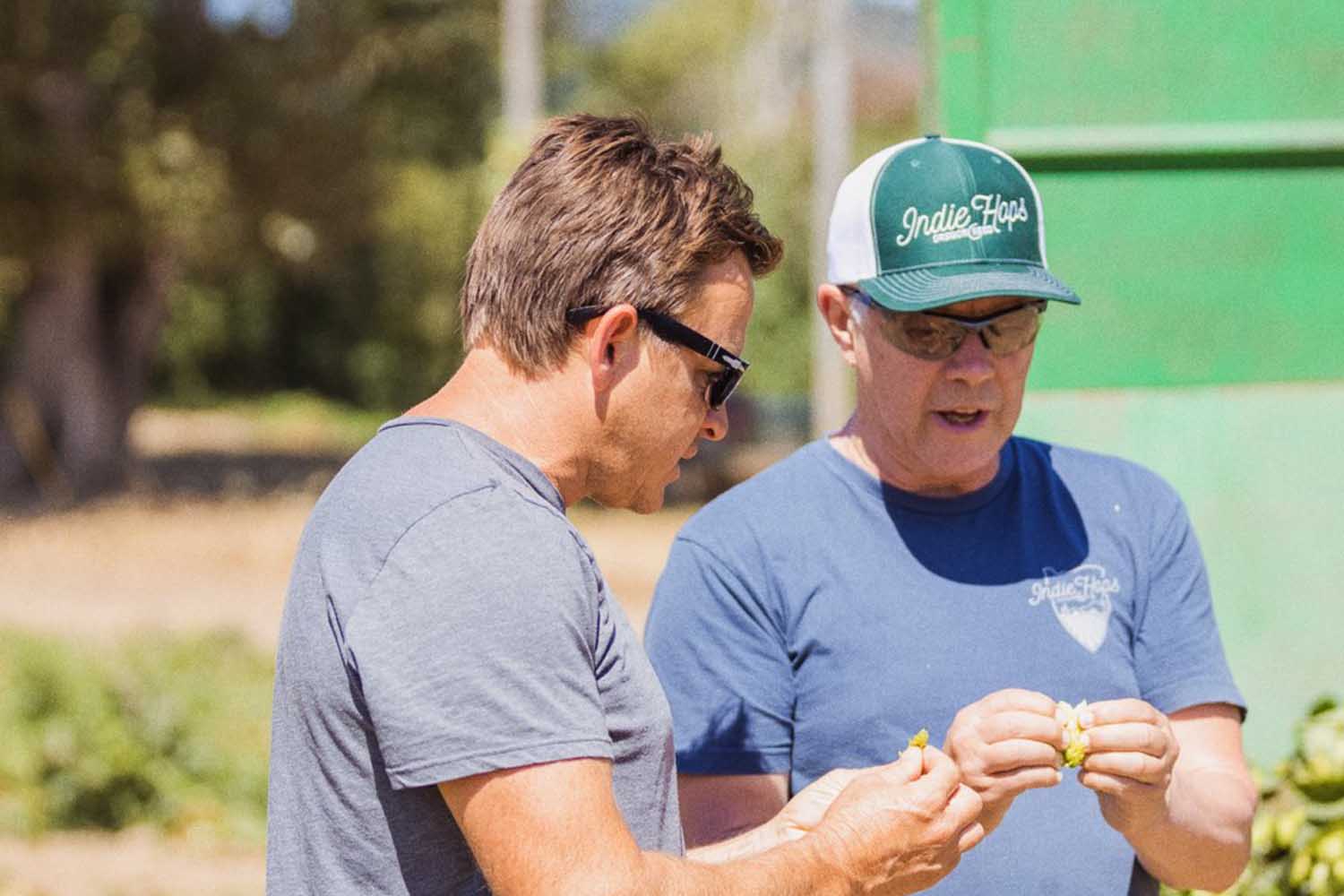
Farming for climate change
Hop farms in Europe — especially Germany, the Czech Republic and Slovenia — appear to be more vulnerable to climate change, and for better or for worse, definitely more rooted in traditional, classic beer styles.
In the U.S., however, anything goes, and farmers like Jim Solberg, co-founder and CEO of Indie Hops, a hops research and development company in Portland, OR, are using their Wild West paradigm to outsmart climate change.
“I would describe this as an extraordinarily exciting and but also stressful time for growing hops,” Solberg says. “Our first and really only job is to figure out how to make beer taste good. To do that, we are breeding new hop varieties for climate change and flavor. And when we find ones that work, we grow them. We also figured out how to pelletize our fresh hops so we can sell them to brewers anywhere,”
In 2009, Indie Hops initiated a breeding program. Every year, it collects around 10,000 seeds to breed, which happens at Oregon State University under the auspices of Dr. Shaun Townsend.
“Half of those will end up being males, and males don’t produce hop cones so they will automatically be eliminated,” Solberg says. “Furthermore, a good chunk don’t even germinate.”
From there, the breeding team exposes the growing hops to the major mildew diseases that haunt hop farms, plus heat and drought stress. In every year, only a few of those 10,000 seeds will be considered potentially marketable after going through a rigorous sensory evaluation and analysis at Indie Hops HQ. And in the coming years when they are trialed on trellises, even more hops will be discarded because of disappointing yield or disease issues.
“Right now, we have four very strong hops that we developed in the ground with our partner farmers,” Solberg says, explaining that they have contracts with nine farms in Oregon and one in Washington state. “And we have a fifth that is just entering the market. All of them are super vigorous, with strong root systems, which helps during droughts. They are also naturally disease-resistant, which reduces the need for chemical sprays and the fuel you need to apply those sprays.”
All of the hops Indie pioneered and trademarked — Audacia, Luminosa, Strata, Lórien and Meridian — while offering a range of flavors, are suitable for hop-centric beers. Solberg says that the ongoing issues with classic hops have prompted buyers in the U.K., the E.U., South America, Australia, Japan, Canada and New Zealand to reach out and buy hops from them.
“Something akin to what happened with wine culture in Oregon in the 1970s is happening with hops from Oregon right now,” Solberg says. “The culture of brewing is so traditional in Europe, but suddenly everyone is realizing that we’re doing some pretty cool things here.”
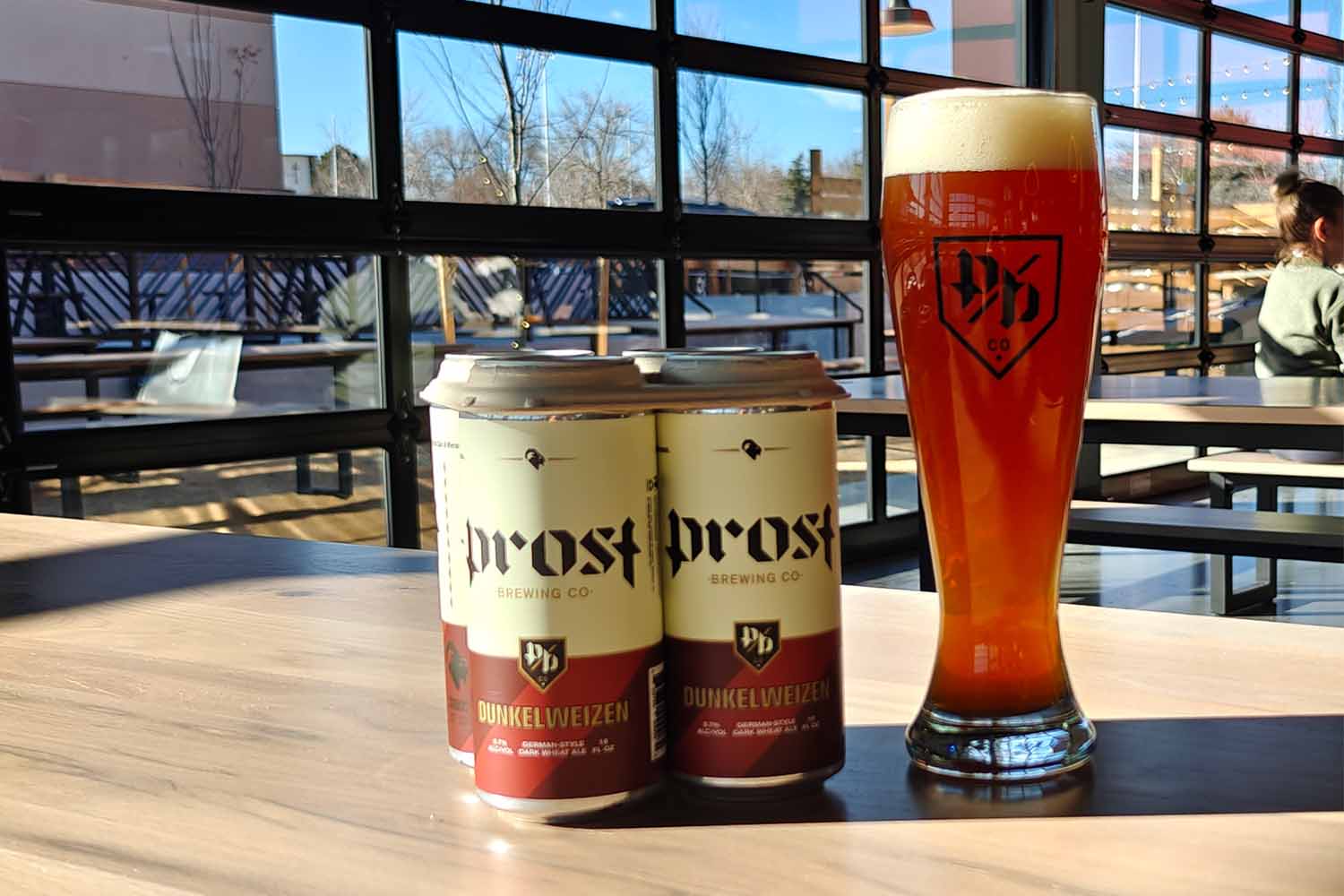
Brewing for climate change
Brewers are also recognizing and meeting the challenges in several enterprising ways.
At Colorado’s Prost Brewing, the tagline is “Drink Like a German” and they spell beer “bier,” so you can probably guess where most of their hops come from. “Climate change in Germany has made the cost of traditional noble hops skyrocket, and supply is limited,” says Christopher O’Connor, vice president of brewery operations. “Drought, heat and the increase in insect populations have a meaningful impact on yield and alpha acid concentration.”
This has led to the team at Prost not just trying new hop varieties — including one American-grown German-style hop —but blending the hops.
“We used to focus on highlighting one hop per beer, but then we realized the alpha acids were just becoming too unpredictable,” O’Connor says. “About two years ago I started blending up to four hops to get the results I’d previously get with one. My goal is to produce the beers we’re known for with the same flavors, but slight changes in the brewing process to get to those flavors.”
The brewing team is also experimenting with timing in terms of when each hop is added. “With some, you’ll get grassy flavors if you add them earlier on in the brewing process, and spicy, peachy notes if you add them later,” he says.
So what’s on the horizon for hops? If the industry wants to be fully prepared to take on climate change, Fox thinks they’ll have to embrace genetic modifications.
“There is a lot of hesitancy in the market when it comes to GMOs,” Fox says. “But if we want to efficiently breed hops and grains that can resist heat and drought and disease, we will need to make changes on the genetic level. We have the capability to do that as scientists now. We’ll be ready to help when the industry is ready for it.”
It’s TBD if GMO hops will land in your favorite beer anytime soon. But you can bet on sipping several newbies you’ve never heard of (but that taste familiar) thanks to the breeders, farmers and brewers who have spent the last few years quietly developing and working with them.
Join America's Fastest Growing Spirits Newsletter THE SPILL. Unlock all the reviews, recipes and revelry — and get 15% off award-winning La Tierra de Acre Mezcal.
